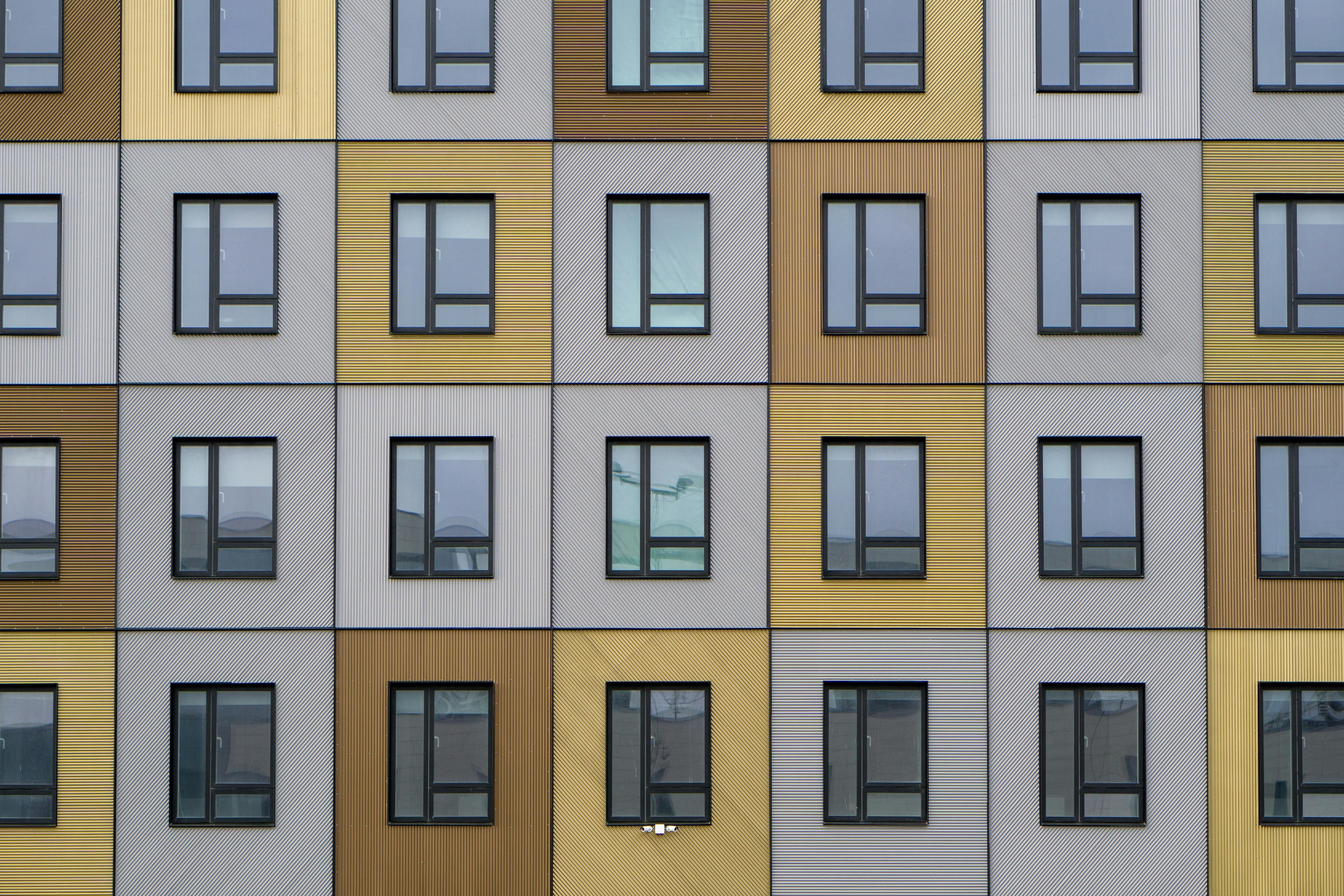The common assumption is that double glazed windows will insulate better from the elements, either keeping the heat outside in summer or inside in winter, therefore reducing the need to cool or heat the building in either season.
In this example, LCA measures the trade-off between the building’s energy use (for heating and cooling) vs the energy and other environmental impacts embodied in the finished glass product. By using ‘less’ window (single glazing), even the added heating or cooling energy is less than the embodied energy in the additional glazing.
In Australian areas where the climate is very mild and only minimal heating or cooling are required, the embodied impacts in the window manufacturing process (and materials mining) phases prove to be dominant to the LCA of the windows. Single glazing is therefore the preferred option.
In the Northern Territories, the cooling needs of buildings are high enough to justify the additional embodied impacts for double glazed windows.
Under heating conditions though, double glazed windows are justified in all States and Territories except the Northern Territories and Queensland. Under combined heating and cooling conditions, such as in fully air-conditioned buildings, double glazed windows are justified in all States and Territories except Queensland and Western Australia.

CRJO partnered with Edge to develop a toolkit for retrofitting homes, boosting bushfire resilience for homeowners, councils, and industry.







